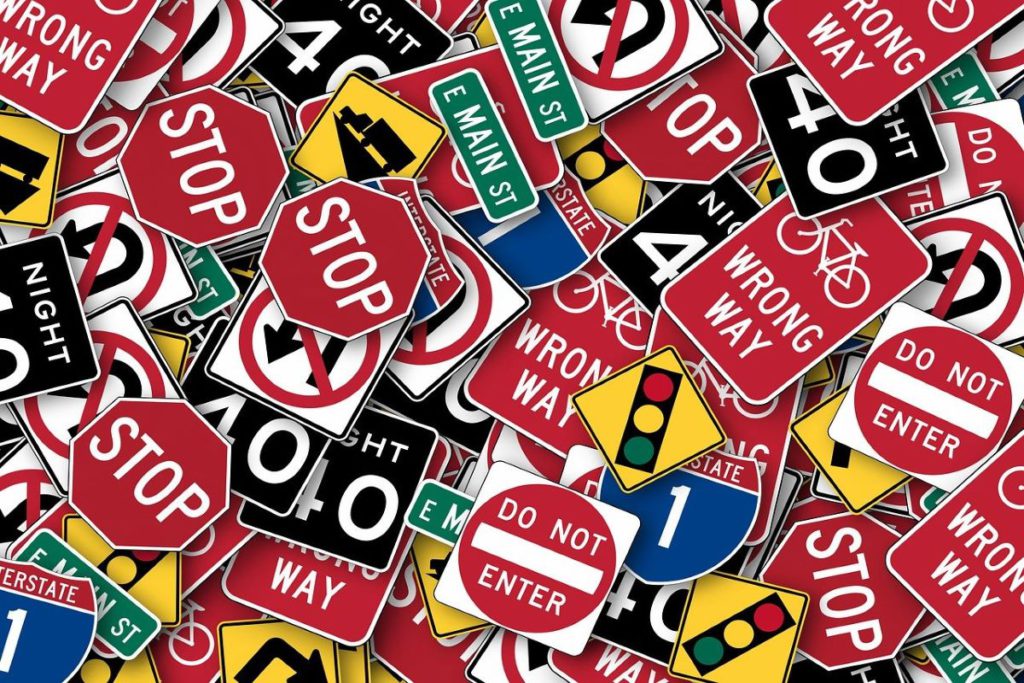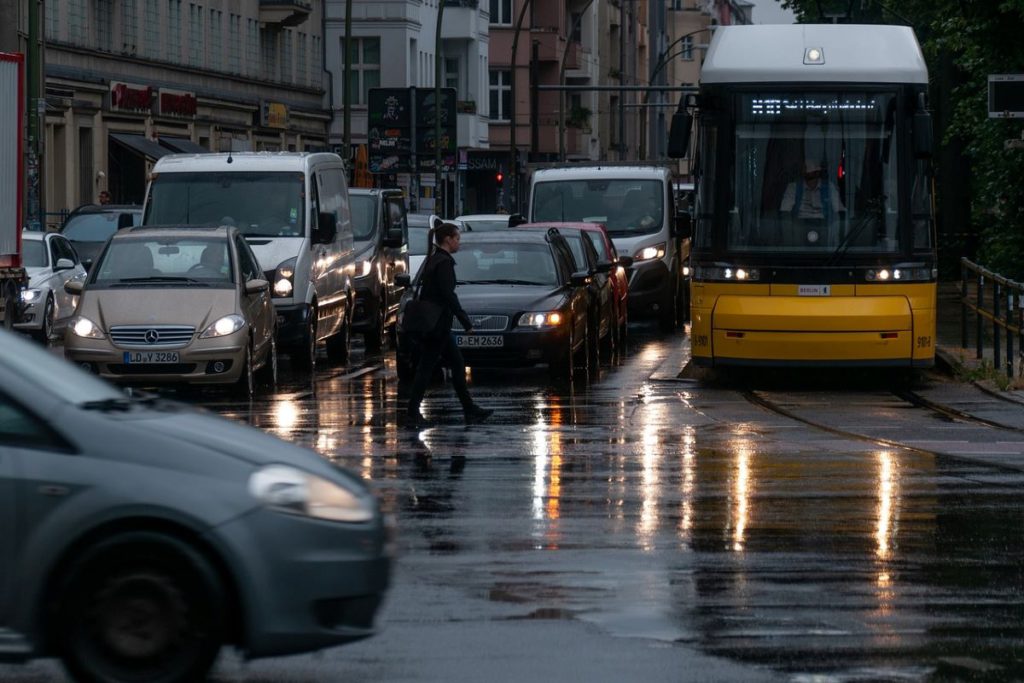Traffic management has different aspects to it. It includes signage and marking, pedestrian facilities, bike facilities, intersections, traffic signals, road capacity, parking, streetside safety, and lighting. Various fundamental characteristics of traffic related to roadway users, vehicles, and roads, as well as to traffic management and controls, are discussed, including certain considerations regarding traffic volumes and flow that are pertinent to traffic management. The important field of traffic enforcement, and related aspects of education and promotion, are considered.
As a motorist, it is also your responsibility to be aware of the rules and regulations governing the movement of traffic in order to assist in traffic flow, as it is essential not just for the driver’s safety but also for the pedestrians crossing the street.

Directing traffic helps drivers, passengers, and pedestrians all over remain safe and secure. Traffic management signage plays an important role in it. Speed signs and other traffic management devices can help prevent accidents on the roadway. Traffic controls direct traffic users if a traffic breakdown occurs, ensuring both efficiency and safety. Traffic control officers and signage make sure that construction workers arrive at sites safely and on time, emergency personnel are faster at accessing incident sites, and traffic users get through safely.
In a high-traffic situation, when there are traffic controls, warning signs are typically posted leading to the construction site, which enhances and provides security. Road signs can be extremely important in alleyways to manage traffic flow. One-way signs can also be helpful in certain situations, especially for garages and apartment complexes.
When properly installed, traffic signals can have benefits to improve traffic management on roads, and contribute to the reduction in road accidents. The safety of pedestrians is paramount, so road signs and traffic management must be done at all times.
Traffic management signals are increasingly being used at buildings or industrial sites, which have regular movement of traffic to maintain harmony in traffic flow. Traffic management involves supporting workers on the roads, providing safety equipment like cones and fences with barriers, and placing traffic lights and re-routing traffic with a number of street closures and diversions. Traffic management has as its primary goal managing the movement of people and goods as efficiently and safely as possible.
Traffic management involves the planning, controlling, and procuring of transportation services necessary for physically moving vehicles and goods. Traffic jams cause driver frustration, increase emissions, and can even increase the probability of road-related deaths. Traffic management in Melbourne is very nice compared to others, and there are improvements happening to reduce the carbon footprint.
The transport policies are about managing traffic in order to help move people, goods and services: safely, quickly, reliably and with minimal adverse environmental consequences. To make sure movement is efficient and traffic on roads is not harmful to the communities, the entire traveller, car and journey path system needs careful management.
If traffic congestion can be reduced whilst private car use is curtailed, then reductions in greenhouse gas emissions may be achieved. Human error, far and away the most common cause of accidents, can be eliminated in large part through integrated traffic flow management. While all roadway work projects will create some disruptions in normal traffic flows, traffic management plans can help to ensure that things flow smoothly, thus preventing lengthy delays.
There are a variety of situations where you might need traffic control. Public roads employ a broad range of traffic management tools that may be tailored for smaller facilities. Traffic control systems are designed to increase driver safety, decrease driver conflicts, and enhance the flow patterns of vehicles.
In a nutshell, a proper traffic management system ensures that traffic flows smoothly and efficiently, equitable access is provided to the various modes of transportation, and roads and streets are safe for all users. It also needs to focus on reducing carbon emissions and noise pollution to create a better future.

